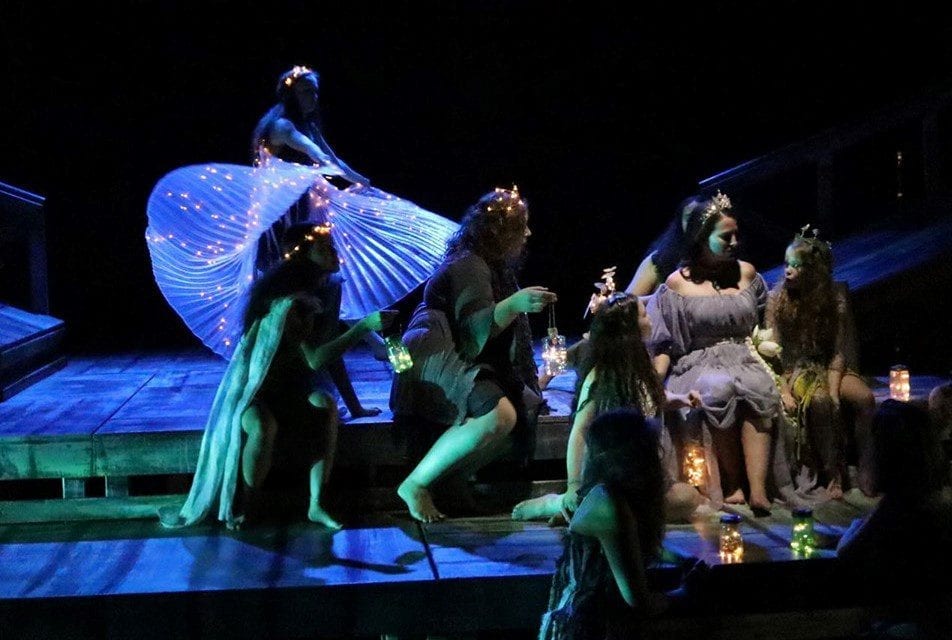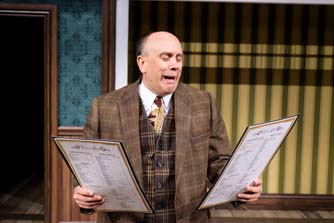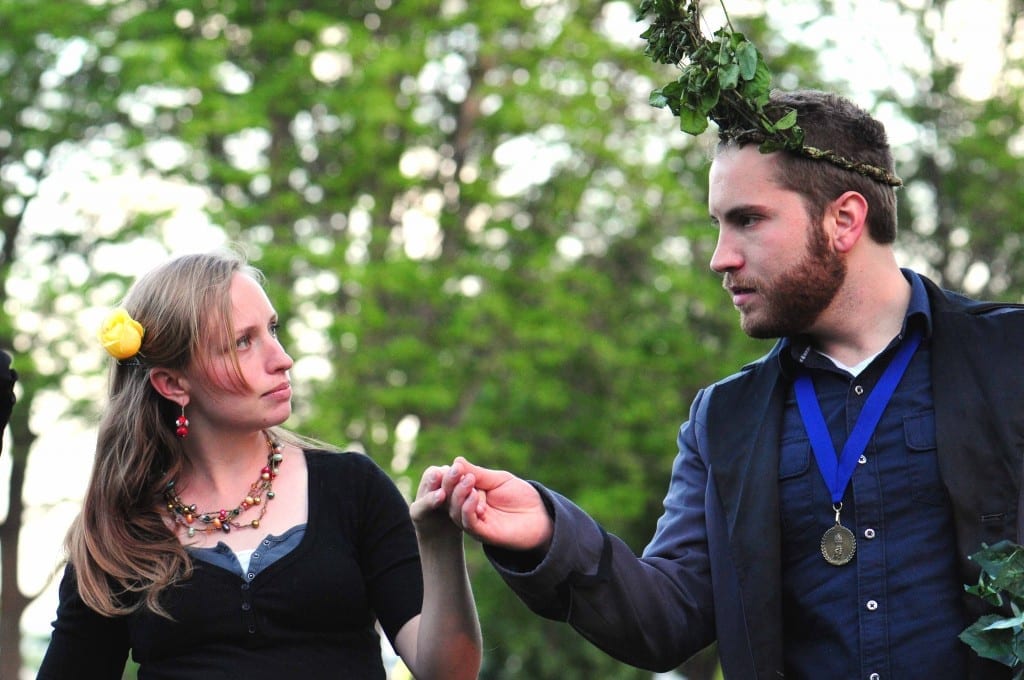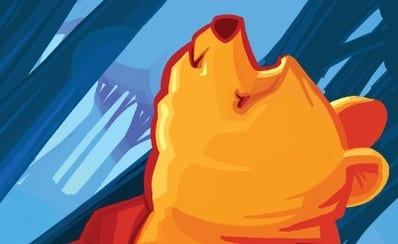SOUTH SALT LAKE — In 1662, the diarist Samuel Pepys wrote after seeing a production of A Midsummer Night’s Dream that, “. . . it is the most insipid ridiculous play that ever I saw in my life.” Though I do not agree with “insipid,” Pepys is right that the play is ridiculous. And that makes it the perfect choice for the Utah Children’s Theatre and for anyone looking for a good laugh.

Show closes September 28, 2019.
Director Joanne M. Parker knows that children love anything ridiculous, so she took the natural humor of Shakespeare‘s script and added an extra dose of silliness in the staging. Every scene had some sort of goofiness that delighted the children in the audience. For example, the moments when Demetrius and Lysander woke up from their sleep and fell in love because of the spell cast upon them were packed with humor. When they woke up, the man would see his new love and react with a giddy dance. The glee on the man’s face, the confusion of the woman, and the energy in the dance all combined to create a hilarious bit of physical comedy. But nothing tops the directing in the famous Act III scene when both Lysander and Demetrius are pursuing Helena while she fights with Hermia. The athletic blocking and energy of the scene never faltered, and I laughed loudly several times.
Joanne M. Parker set the play in 1920s Louisiana, a unique setting that I enjoyed. The “rude mechanicals” were portrayed as Southern rednecks, while the upper class characters were more refined and formally dressed. To accommodate the setting and the company, Joanne M. Parker and Meighan Smith adapted the script. “Forest” became “bayou,” and asides and lines were added to reinforce the exposition and make the action clear for the young audience. The additions to the script were modern in language and more frequent than is usually seen on the Utah Children’s Theatre stage. But the changes were never intrusive because every one had a clear, obvious purpose, and there was never any attempt to improve Shakespeare’s writing.

Left to right: Sean Sweeney as Lysander, Tom Roche as Demetrius, and Melanie Wilkins as Egeus.
This production of A Midsummer Night’s Dream is an aesthetic joy. James B. Parker‘s set and lighting designs were exquisite works of art in their own right. The set featured two high ramps on both sides of the stage that served as entrances. (My 5-year-old son loved whenever an actor would slide down the ramp.) The set also had corrugated tin as part of the decoration, which helped reinforce the director’s rural setting. James B. Parker’s lighting included projections, gobos simulating foliage and stars, and water effects that were visually enticing to watch as the light would dance across the brown stage.
Costume designer Julie Anderson matched the artistry of the lighting and set design. The Athenians were dressed in the styles of the 1920s in a realistic manner, and I appreciated how Lysander and Demetrius became increasingly disheveled as their time in the forest wore on. The fairy costumes, though, were fantastical, thanks to Anderson’s use of sheer cloth, flowing cuts for the women, and small white lights embedded in the costumes. The effect emphasized the magical setting and accentuated the natural beauty of the women playing the fairies.

Nels Holmgren as Peter Quince and Brinton M. Wilkins as Bottom.
Beneath the spectacle and silliness, this production of A Midsummer Night’s Dream is remarkably character-centric. The mortal lovers had some (G-rated) romantic chemistry, and their frustration at the obstacles to their love made it easy to empathize with the characters. Lexie Thomson’s Helena was doggedly determined, and I found her character’s perseverance in the face of setbacks to be a good role model for children. (Plus, Thomson’s “spaniel” line was one of the funniest line deliveries of the show.) As Lysander, Sean Sweeney was sincere in his efforts to protect Hermia (played by Madeline Thatcher), and their trepidation in the first forest scene conveyed the uncertainty that the mortals had when leaving the civilization of Athens. As the last mortal lover, Tom Roche as Demetrius was purposeful and decisive. This added to the humor as he switched from pursuing Hermia to Helena due to the effects of the magic spell.
The strongest personality on stage was Meighan Smith as Titania. Her forceful anger in her argument with Oberon over the changeling boy showed Titania to be a strong, formidable woman. Even when Titania was humiliated by falling in love with the donkey-headed Bottom, she retained her regal attitude as she commanded her fairy servants to do her bidding. As Oberon, Bryson Dumas had an authoritative command to his voice, and the pleasure he took at Titania’s humiliation was terrific.
Despite all these strong performances on stage, the Brinton M. Wilkins, in the role of Bottom, stole the show—as it should be. Wilkins hammed it up when rehearsing or performing Pyramus and Thisbe (the play within the play), an effective way to establish the absurdity of the character. When his head was turned into a donkey head, his “hee haw” got a laugh from my 5-year-old son every time. And I loved watching the sheer giddiness on stage when Bottom and his fellow actors rejoiced in their reunion. The only weak link in this cast was Joe Holmgren as Thesus, who consistently had some bland line deliveries. But the character is on stage only briefly, and there are too many enjoyable things to see and hear for Holmgren to detract from the overall excellence of the show.
This production of A Midsummer Night’s Dream ends with a song inviting the audience to, “Come waltz with me in the bayou.” As the actors slowly danced off the stage, the invitation lingered in the air. It’s an invitation that I extend to UTBA’s readers: come waltz with the Utah Children’s Theatre on the bayou. A Midsummer Night’s Dream production teems with silliness and is a delightful way to spend a Saturday morning. However, parents of younger children should be aware that the show is 2 hours long (not counting intermission). My 5-year-old had trouble making it to intermission and the end of the play, so I recommend this show to anyone who is at least 8 years old or so.





